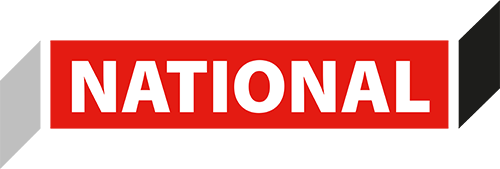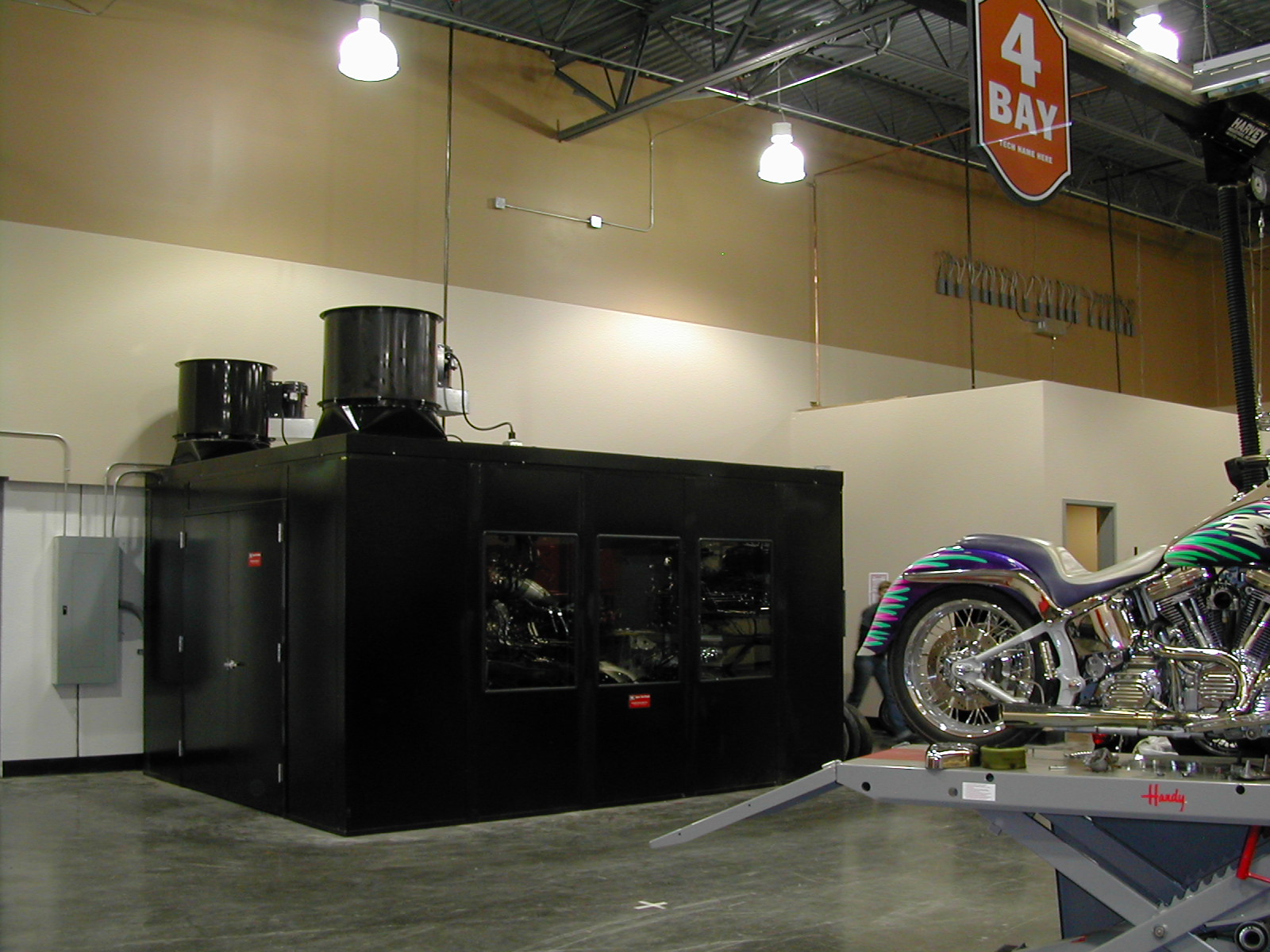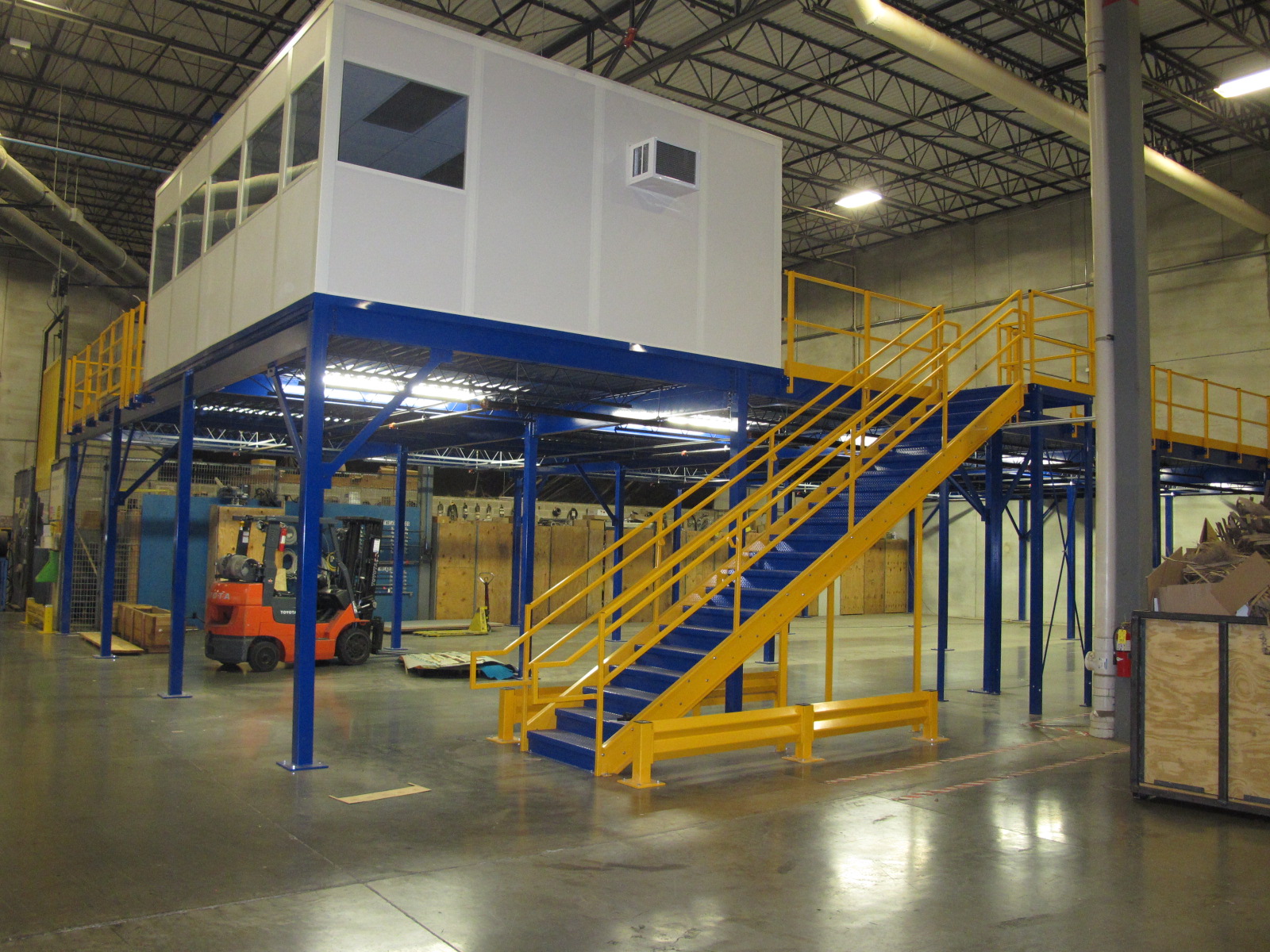Sound Barriers
Made from specialized acoustic materials, these barriers can be curtains hung from ceiling tracks, wall-mounted systems, or prefabricated walls or offices to create a barrier that absorbs, diffuses, and blocks sound waves. They offer versatility, ease of installation, and the ability to customize the configuration to suit specific noise reduction requirements.
Sound Barrier Types
-
- Acoustic Enclosures
- Acoustic Curtains
- Acoustic Panels
- Noise Barrier Walls
- Sound-Absorbing Foam
- Dampening Materials
- Baffles and Diffusers
- Sound-Reducing Enclosures
- Echo Barrier
- Dyno Rooms
- Machine Enclosures
- Compressor Enclosures
- Acoustic Foam
- Acoustic Blankets
- Ceiling Baffles
- Rubber Floor Overlays
Sound Barriers
Made from specialized acoustic materials, these barriers can be curtains hung from ceiling tracks, wall-mounted systems, or prefabricated walls or offices to create a barrier that absorbs, diffuses, and blocks sound waves. They offer versatility, ease of installation, and the ability to customize the configuration to suit specific noise reduction requirements.
Sound Barrier Types
-
- Acoustic Enclosures
- Acoustic Curtains
- Acoustic Panels
- Noise Barrier Walls
- Sound-Absorbing Foam
- Dampening Materials
- Baffles and Diffusers
- Sound-Reducing Enclosures
- Echo Barrier
- Dyno Rooms
- Machine Enclosures
- Compressor Enclosures
- Acoustic Foam
- Acoustic Blankets
- Ceiling Baffles
- Rubber Floor Overlays
Sound Barrier Applications
Around Machinery and Equipment
Baffles, acoustical walls, and sound curtains are commonly installed around noisy machinery and equipment, such as conveyor systems, packaging machines, compressors, pumps, and generators. These barriers help contain and reduce the noise emitted by the equipment, protecting workers’ hearing and improving the overall working environment.
In Warehouses
Warehouses can be noisy environments due to activities like loading and unloading of goods, forklift operations, and moving heavy materials. Sound barriers can be used to partition different areas and reduce the propagation of noise throughout the warehouse.
Enclosures for Noisy Processes
Certain manufacturing processes, such as metal stamping, cutting, or grinding, generate high levels of noise. Enclosures made of sound-absorbing materials can be placed around these processes to contain noise and protect nearby work areas.
Around HVAC Systems
HVAC (Heating, Ventilation, and Air Conditioning) systems in material handling facilities can produce noise during their operation. Sound barriers can be installed around these systems to reduce noise transmission to occupied spaces and offices.
Around Loading Docks
Loading docks can be noisy due to frequent truck traffic and equipment operations. Sound barriers can be installed along the loading dock perimeter to mitigate noise levels and reduce its impact on adjacent areas.
Employee Break Areas
To provide a more comfortable and peaceful environment for employees during breaks, sound barriers can be installed around designated break areas, shielding them from noise generated in the rest of the facility.
Control Rooms/Inspection Labs
In control rooms where operators monitor and manage material handling processes, sound barriers can be used to isolate them from noisy machinery and processes, creating a quieter and less distracting workspace.
Outdoor Areas
Material handling facilities often have outdoor spaces where noise can affect nearby communities or other outdoor activities. Sound barriers can be used to reduce noise propagation to the surrounding areas.
Partitioning Workspaces
Sound barriers can be employed to create separate workspaces within the facility. This partitioning can help control noise levels in specific areas and improve the overall work environment.
Sound Barriers for Conveyors
Conveyors are integral to material handling operations, but they can generate noise during material movement. Sound barriers can be placed around conveyors to minimize noise and create a quieter workspace.
Industries That Utilize Sound Barriers
Manufacturing
Distribution
Warehousing
Medical
Automotive Manufacturing
Production
Injection Molding
Retail
Government/Military
E-commerce
Fulfillment Centers
Pharmaceutical
Education
Postal Processing
Commercial Spaces
Hospitality
Production Studios
Residential
Worship Facilities
Sound Barrier Features
-
- Sound Absorption
- Durability
- Fire Resistance
- Easy Installation
- Customizable
- Maintenance-Friendly
- Weather Resistance
- Aesthetic Design
- Ventilation Considerations
- Compliance with Safety Regulations
- Integration with Existing Infrastructure
- Modular Design
Sound Barrier Benefits
Noise Reduction
The primary advantage of sound barriers is their ability to reduce noise levels. By containing and absorbing sound waves, these barriers help create quieter workspaces, which is crucial for protecting workers’ hearing health and improving overall working conditions.
Positive Work Environment
Providing a quieter and more pleasant work environment can lead to higher employee satisfaction and morale, which can, in turn, contribute to reduced turnover and improved staff retention.
Worker Safety and Health
Prolonged exposure to high noise levels can lead to hearing loss, poor communication, stressful work environments and other health issues for workers. Sound barriers help minimize noise exposure, reducing the risk of noise-induced hearing damage and associated health problems.
Compliance with Regulations
There are specific regulations and guidelines regarding occupational noise exposure through OSHA, company guidelines, or insurance companies. By implementing sound barriers, material handling facilities can ensure compliance with such regulations, avoiding potential fines and penalties.
Improved Concentration and Communication
Lower noise levels contribute to improved focus and concentration among workers. It also enhances communication between employees, leading to better teamwork and operational efficiency.
Increased Productivity
A quieter working environment can lead to increased productivity, as workers can concentrate better on their tasks without the distraction of excessive noise.
Reduced Noise Pollution
Material handling facilities are often located near residential or commercial areas. Using sound barriers helps reduce noise pollution, minimizing the impact on nearby communities and fostering better relations with neighbors.
Protection of Nearby Spaces
Sound barriers shield adjacent office spaces, control rooms, break areas, and other quiet zones from the noise generated by material handling activities, providing a more comfortable and productive environment in these areas.
Enhanced Equipment Functionality
Some equipment and processes may be sensitive to noise or vibrations. Sound barriers can help stabilize operating conditions, ensuring the equipment functions optimally and reducing the risk of malfunctions.
Flexibility and Adaptability
Sound barriers can be designed in various shapes and sizes to suit the specific layout and requirements of a material handling facility. They can be easily installed, repositioned, or expanded as needed.
Sound Barrier FAQs
How do I mount an acoustic panel system?
Free standing, framed, portable sections, ceiling hung by chains/track, or direct mount to wall/ceiling.
How much sound reduction can I expect from sound barrier solutions?
20-50db at 1000 hertz.
What type of sound barrier is best for my project?
Our team of experts can survey the conditions of your environment to provide the best solutions to address your noise level requirements.
Other Solutions
EMPLOYEE PRODUCTIVITY & WELL BEING
SPACE UTILIZATION & STORAGE
MATERIAL MOVEMENT
Site by tiny blue orange.


